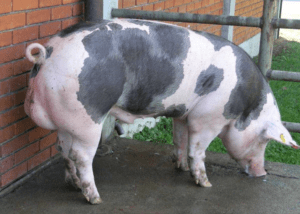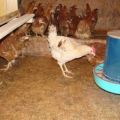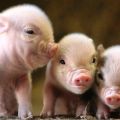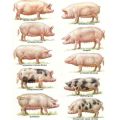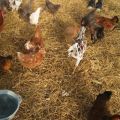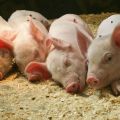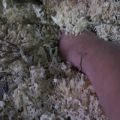Types and rules for the use of litters for pigs
For normal development, pigs require the creation of certain conditions. In particular, animals need a closed room with a warm floor. It takes a lot of effort to create and maintain these conditions. Specialized bedding for pigs containing a so-called fermentation layer helps to make life easier for livestock breeders. This coating does not require replacement within 1-5 years.
Varieties of bedding
Fermentation litter (also known as bio, warm, permanent, and deep) consists of two layers. The first is formed from:
- straw;
- hay;
- moss;
- feather grass;
- sawdust;
- husks of buckwheat and sunflower seeds;
- dried corn trunks.
The second layer, located in the immediate vicinity of the plank base of the pigsty, is formed by special bacteria. These microorganisms recycle waste from pigs. Thanks to the described process, it is always dry inside the pigsty, and the room should be cleaned no more than once a year (if expensive bedding is used, then every 3-5 years).
When the waste is digested, microorganisms generate heat, thereby maintaining the room temperature at 25 degrees. But this process cannot be stopped, otherwise the bacteria will die.
The popularity of bio-litter is due to another reason: the larger the livestock population, the more efficiently the waste products are digested.
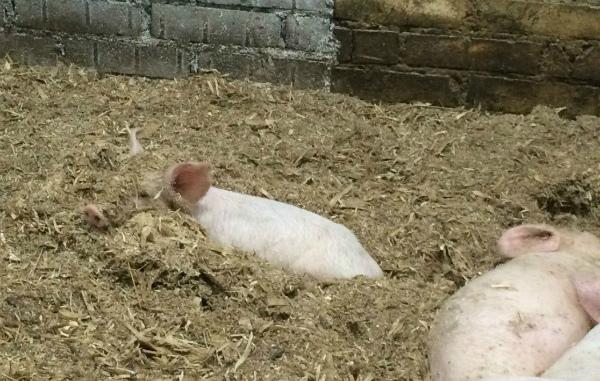
Advantages and disadvantages of technology
Fermentation litters have the following advantages over standard ones:
- do not require frequent replacement;
- prevent the appearance of rodents and mold, as they keep the pigsty clean;
- suitable for use in pigsties with large livestock;
- exclude the release of ammonia, due to which there is no unpleasant odor in the room;
- contribute to the good development of animals, which is especially important for piglets.
In addition, the used bio-litter can be used as fertilizer. To do this, the material must be kept in a compost pit, allowing the straw (hay) to completely rot. The main disadvantage of deep bedding is the high cost of the product. But regular use pays off the costs.
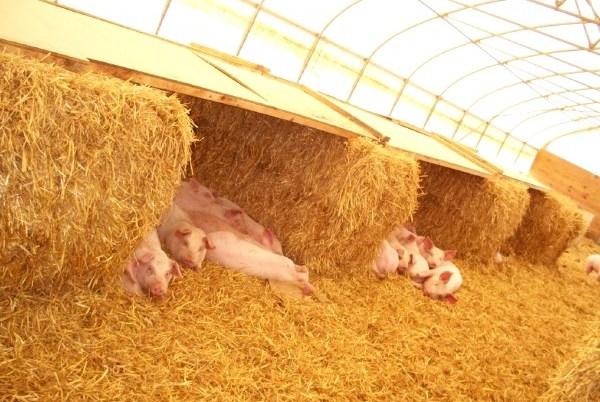
Primary requirements
Fermentation bedding does not require personal care. The main thing is that the bacteria that are contained in the lower layer constantly gain access to the waste products of pigs. It is recommended to pay attention to this circumstance in the summer, when the animals spend most of the day on the pasture.
Another nuance, which involves the participation of a farmer, is that the bio-litter needs to be mixed periodically (once a month or more often, if required by the manufacturer). This procedure is necessary because heat is generated during the processing of pig waste products, due to which condensation forms in the lower layers. With stirring, excess moisture evaporates.
If this procedure is not carried out regularly, then decay processes will begin in the lower layer. Because of this, you will have to change the litter to a new one ahead of time. In addition, it is recommended to plant a small amount of bacteria in the bedding once a month so that the processing process does not stop.
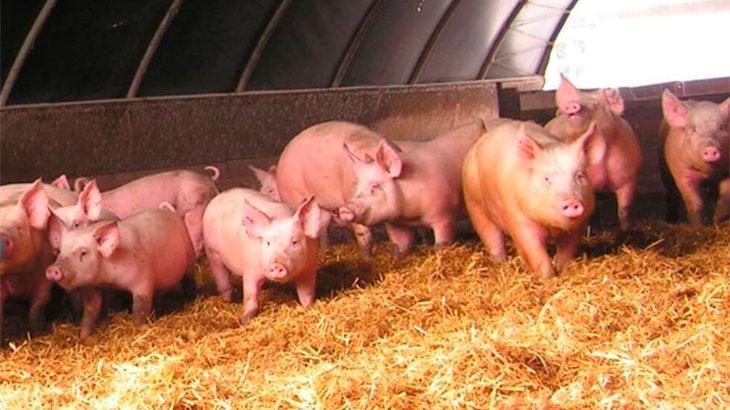
Terms of use and care
Irreplaceable bedding is laid according to the following algorithm:
- The pigsty floor is cleared of old straw or hay and dried. Animals at this time should be in a different place.
- After drying, the floor is disinfected with appropriate means and whitened. These are not mandatory, but recommended manipulations, after which nothing will affect the development of the bacterial colony.
- A layer of straw (hay or other plants) is laid out on the floor with a layer of 20 centimeters.
- An even layer of bacteria is poured onto the stacked straw.
It is allowed to carry out the described procedure, provided that the temperature in the pigsty exceeds + 5-10 degrees. This parameter is specified in the instructions supplied with the purchased product. If the temperature drops below this indicator, the bacteria will die.
At the end of the procedure, the straw must be watered with a small amount of water, which "awakens" the microorganisms. You should also turn the straw around, thus redistributing bacteria between the layers. To accelerate the development of a colony of microorganisms, it is recommended to pour out a small amount of bran after the addition.
